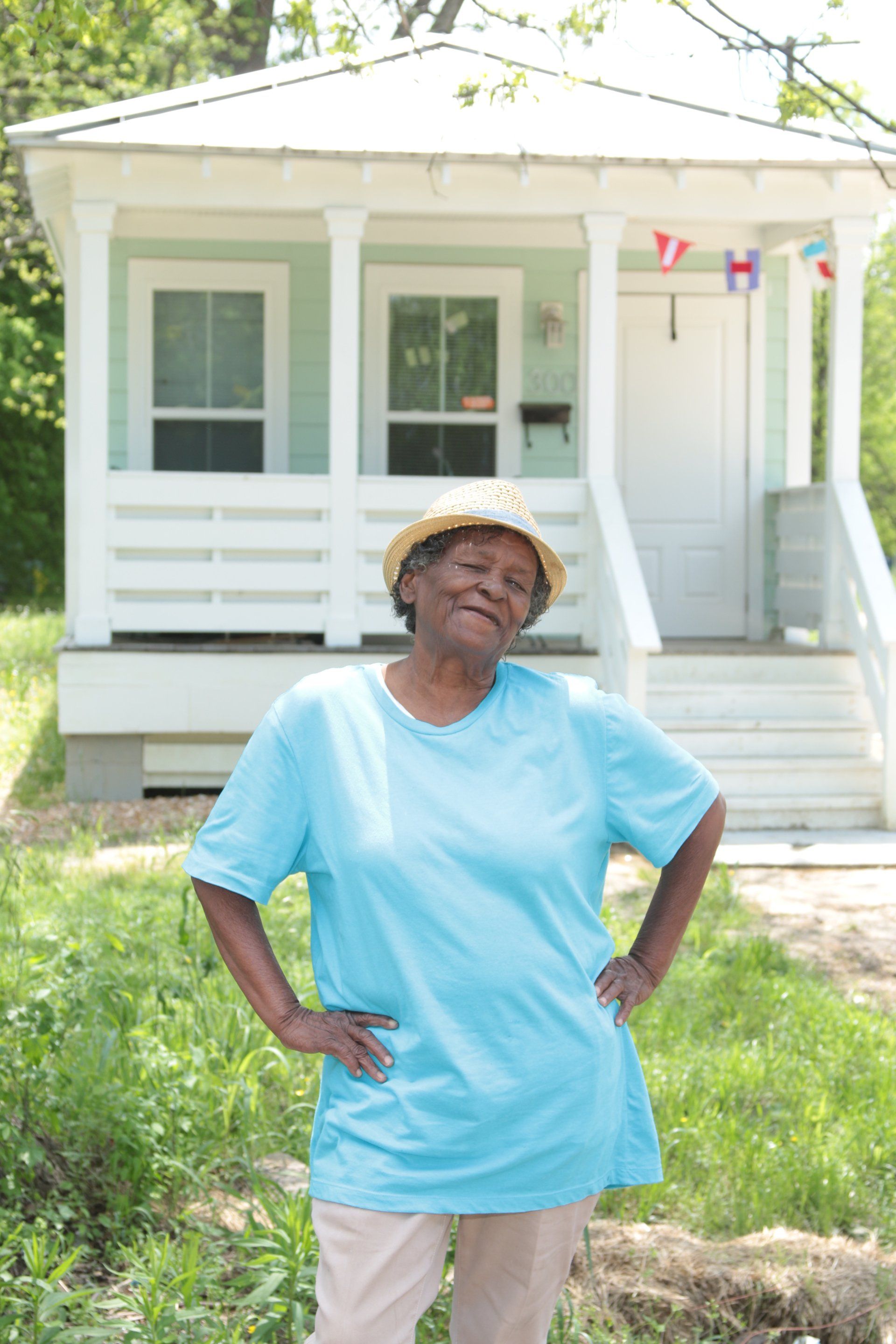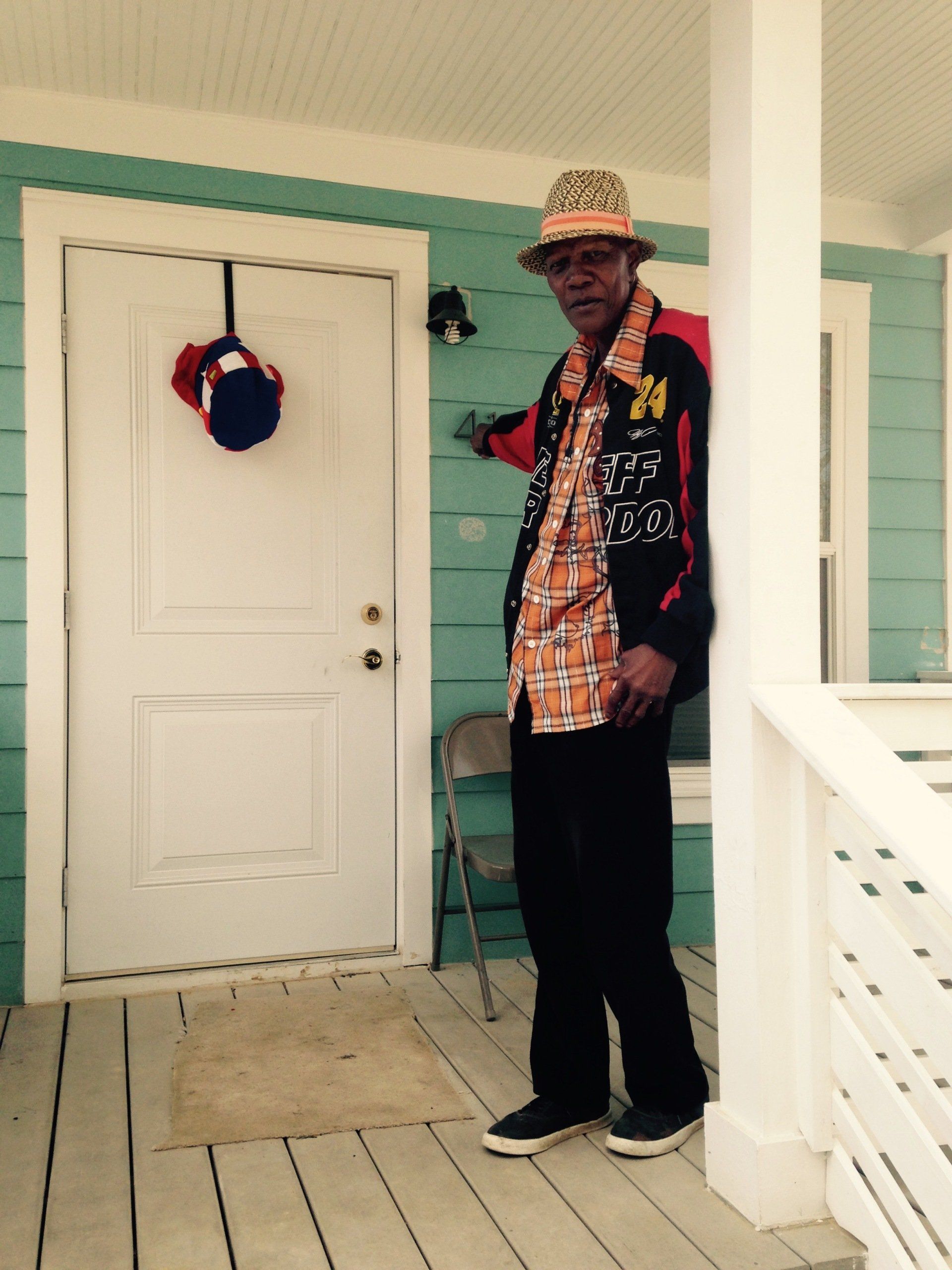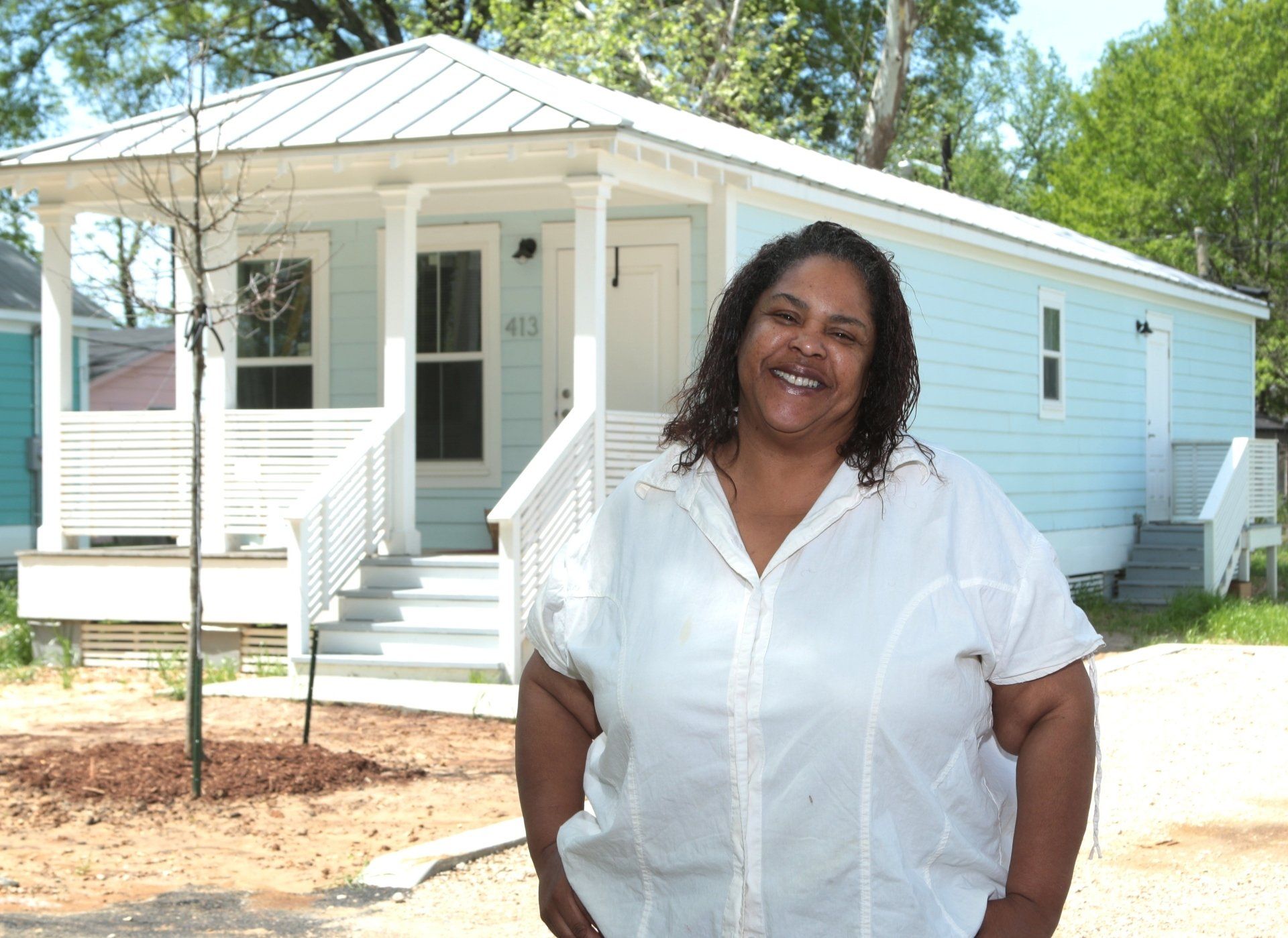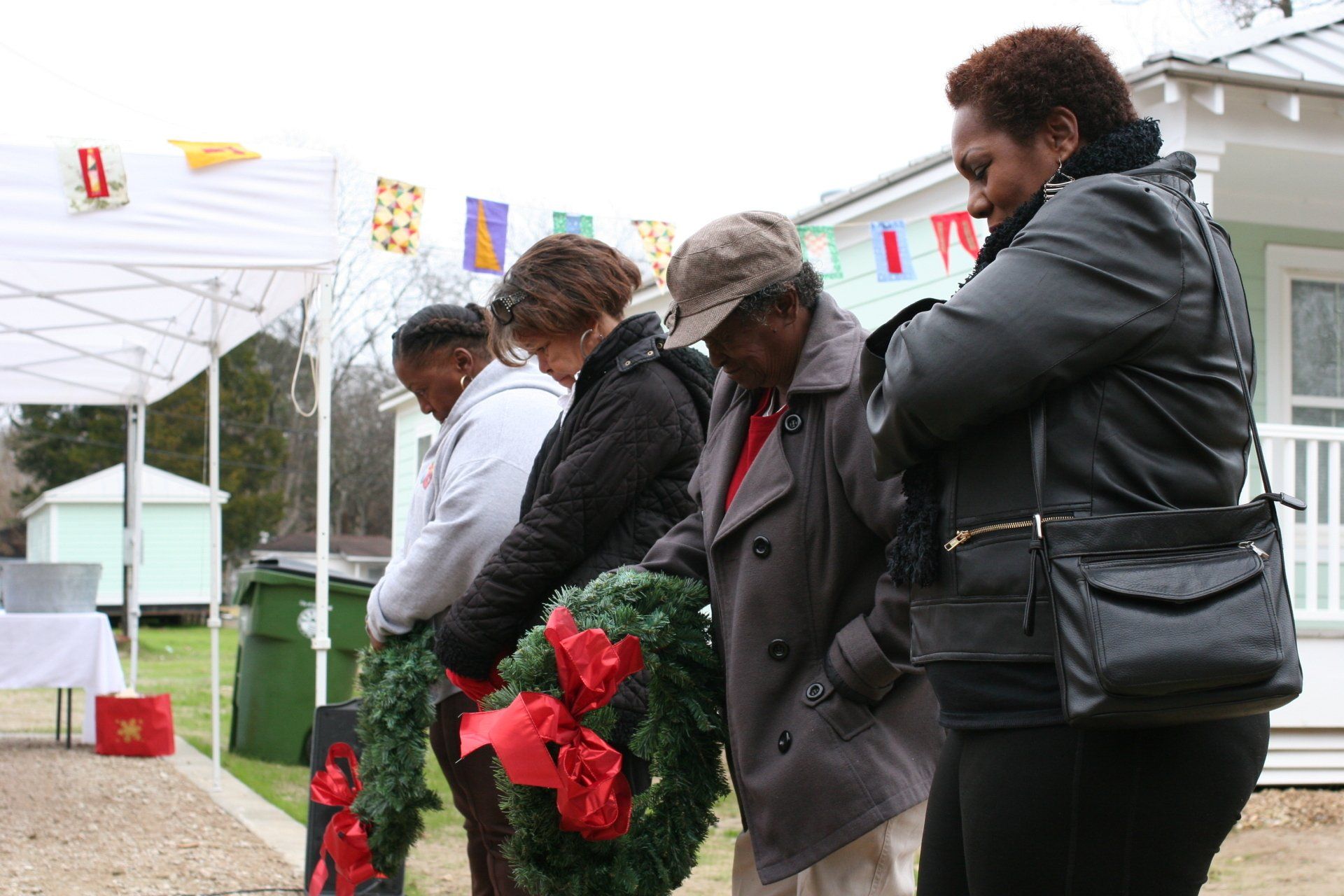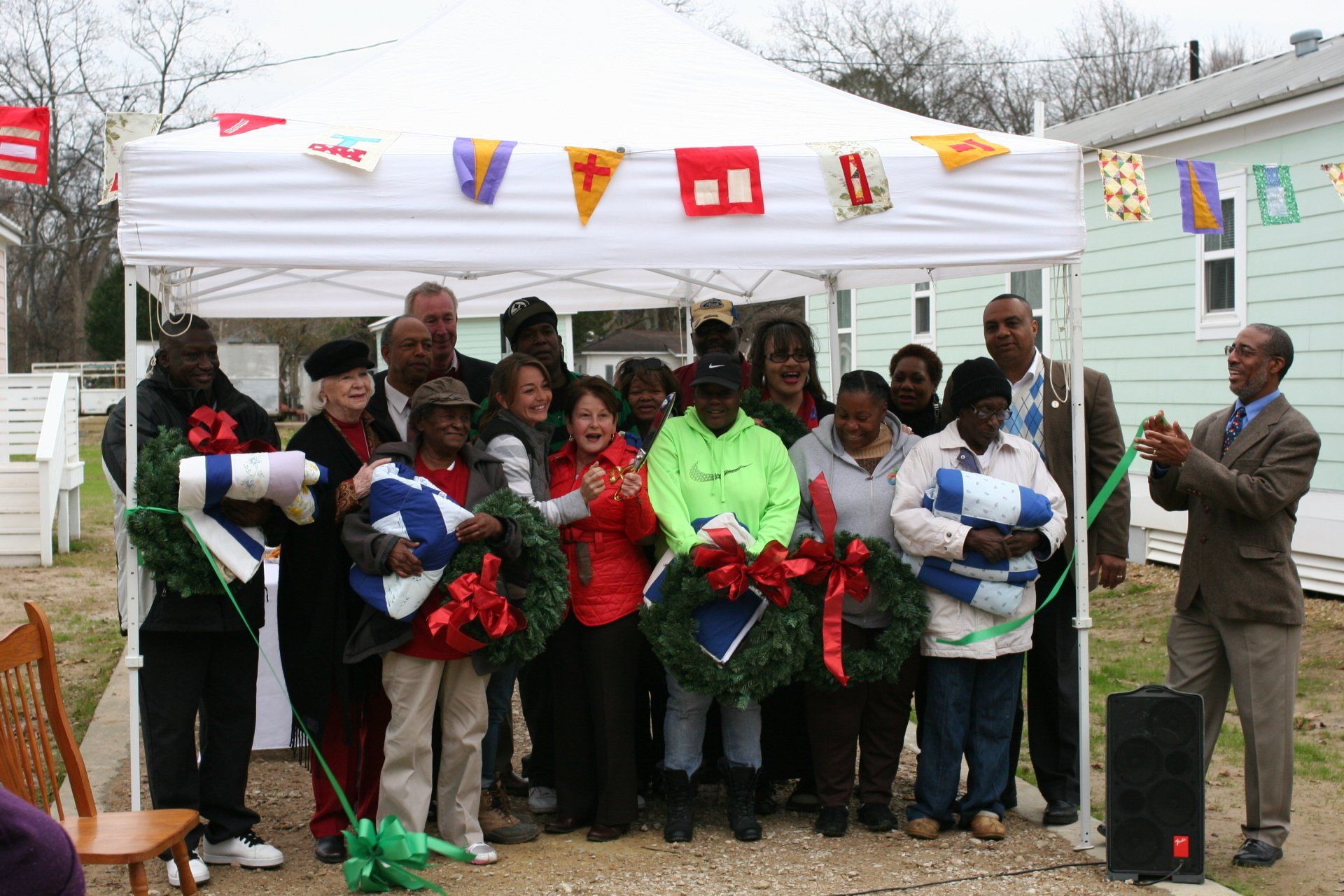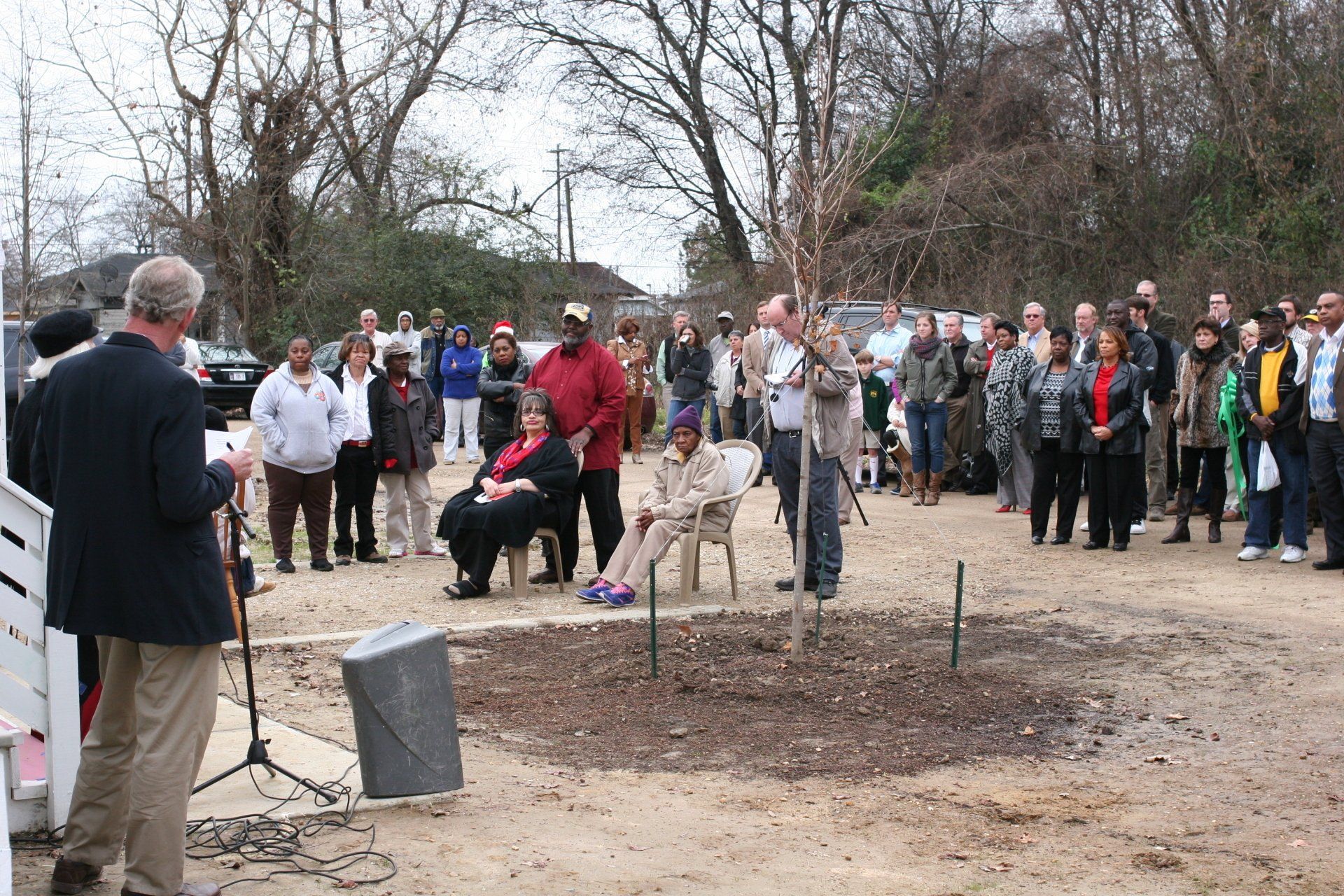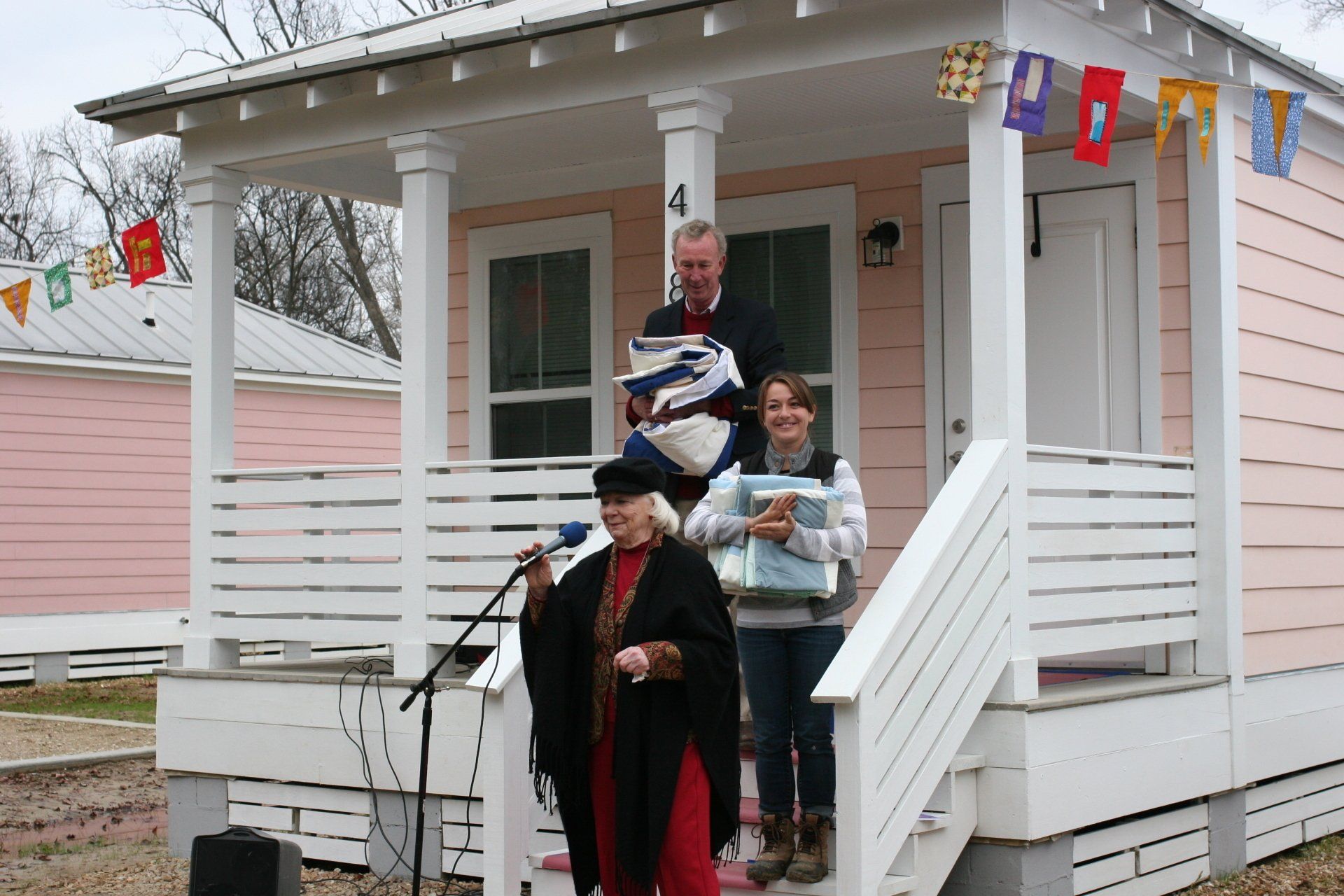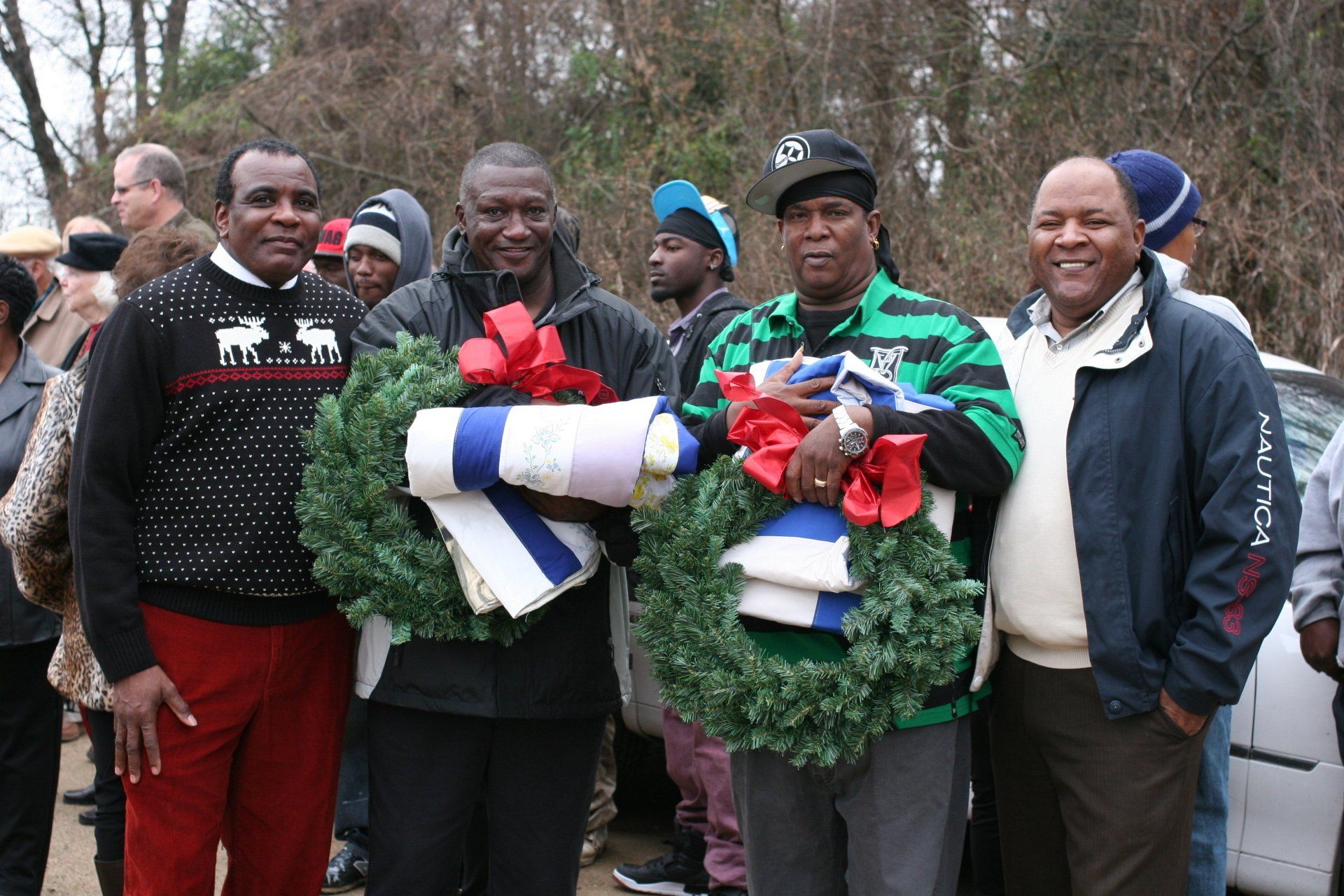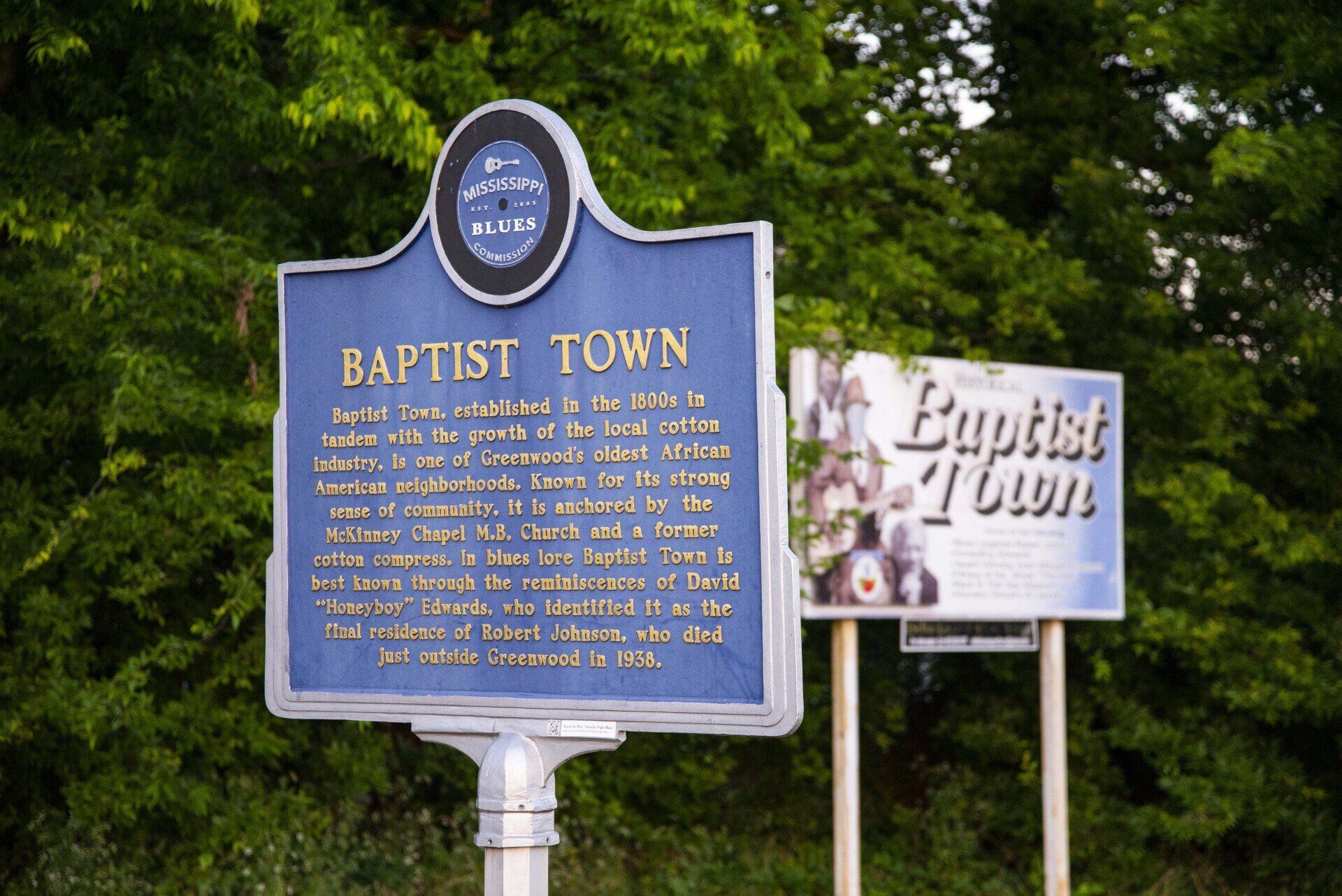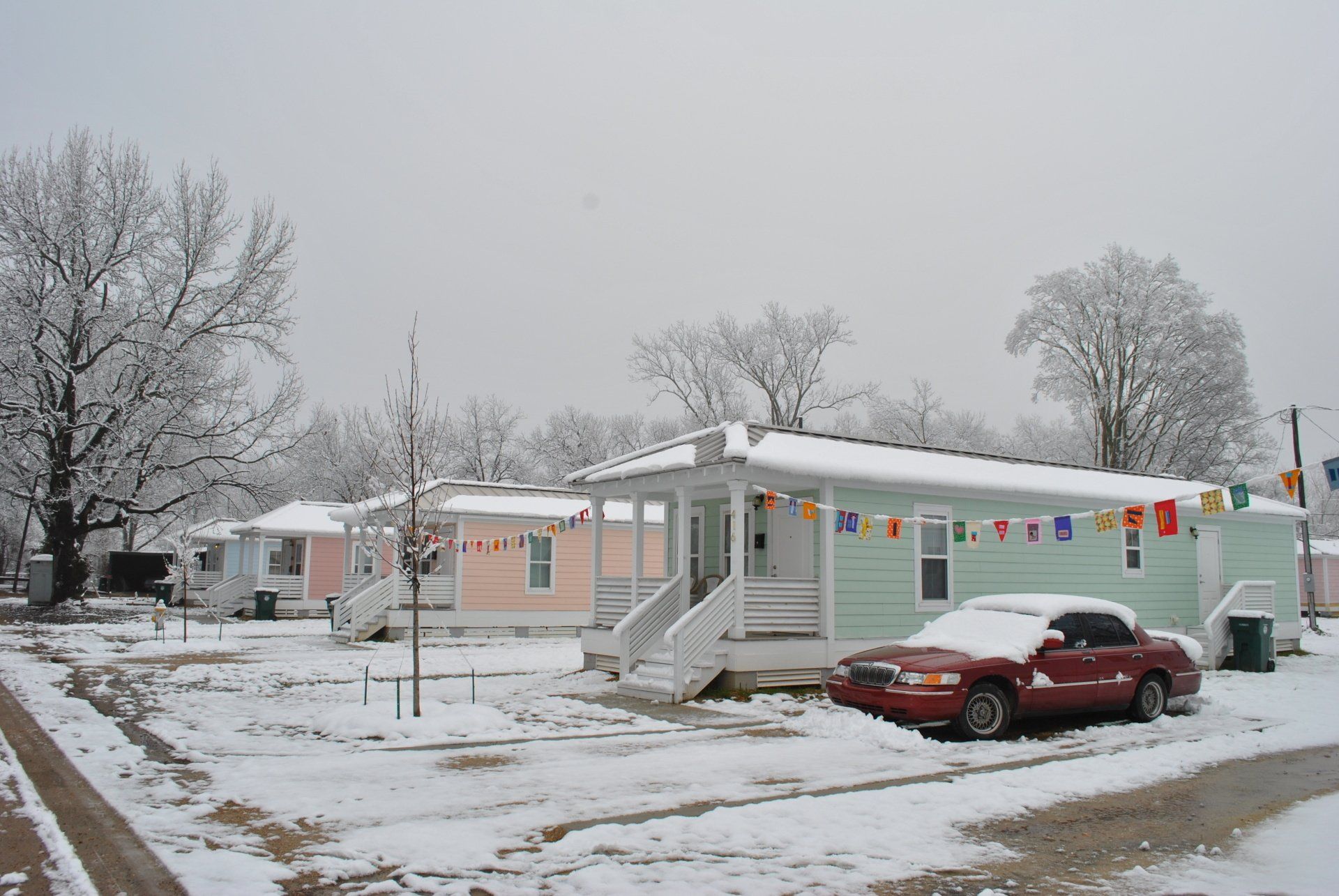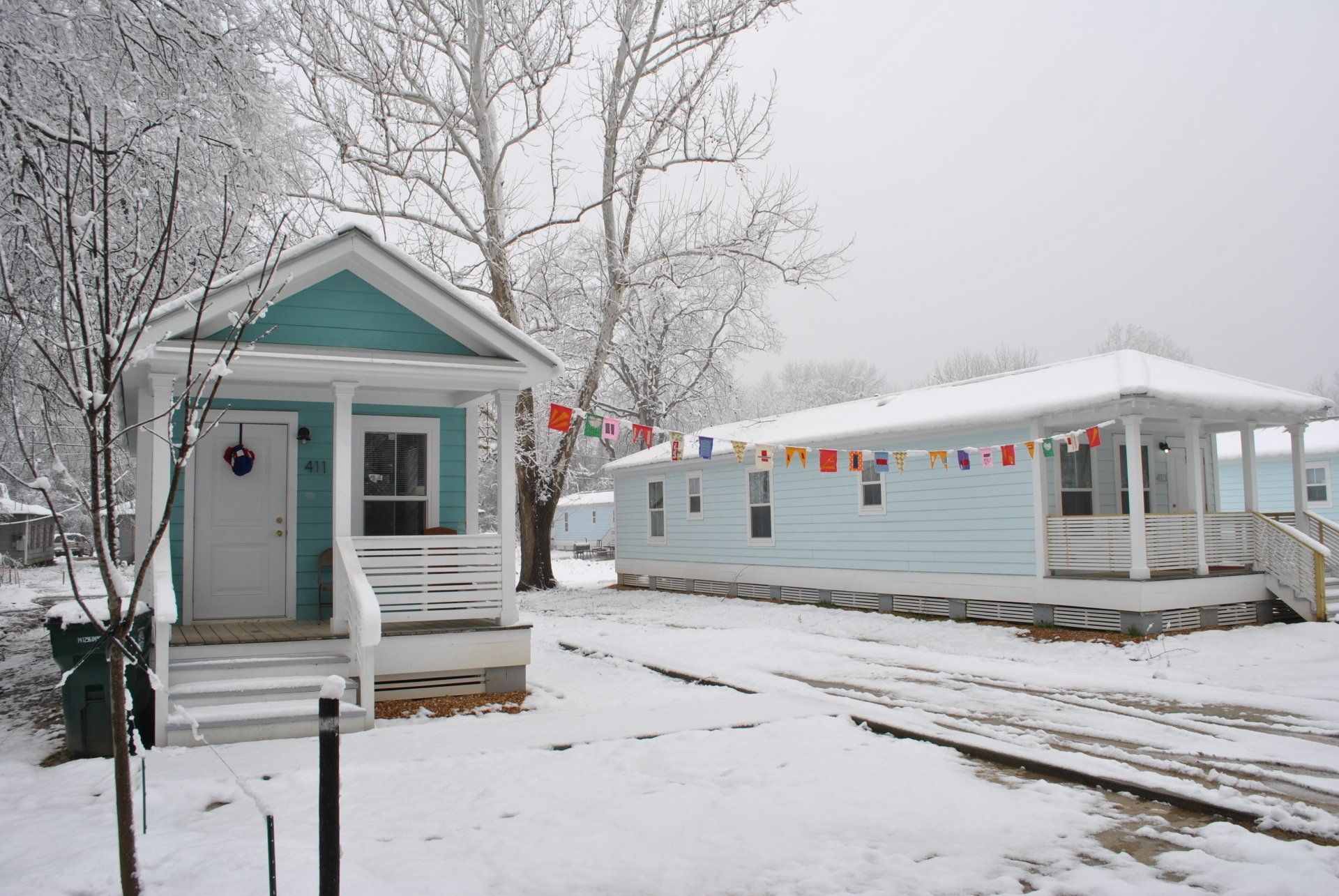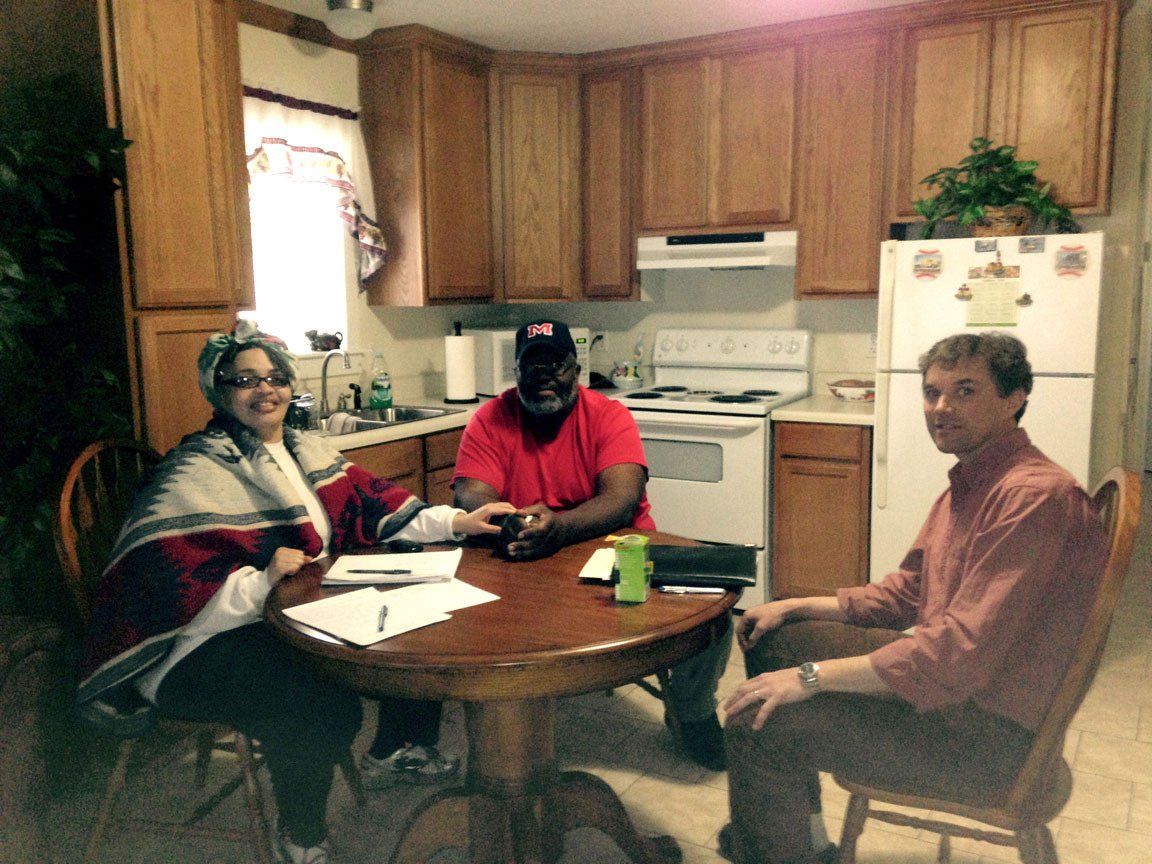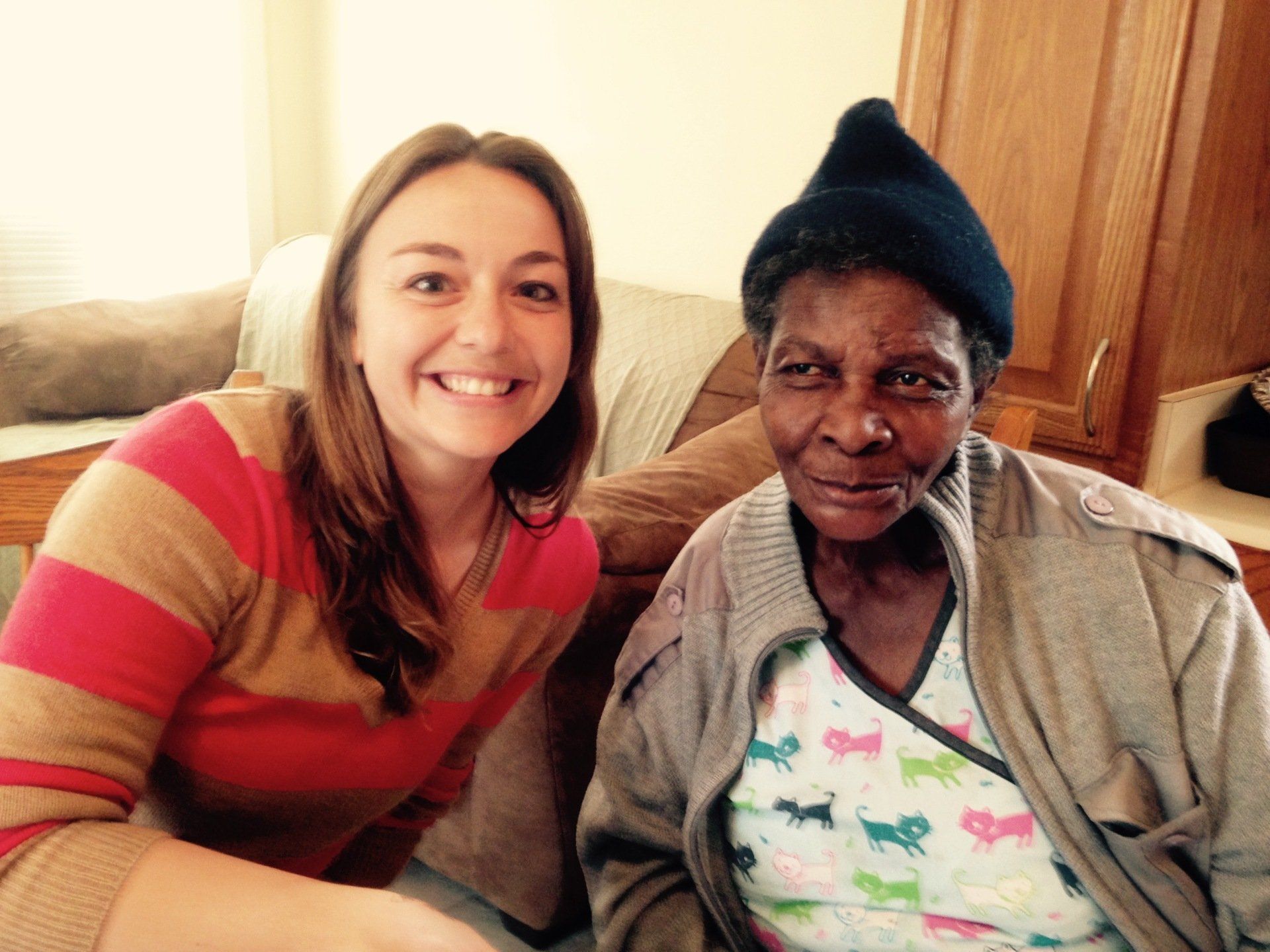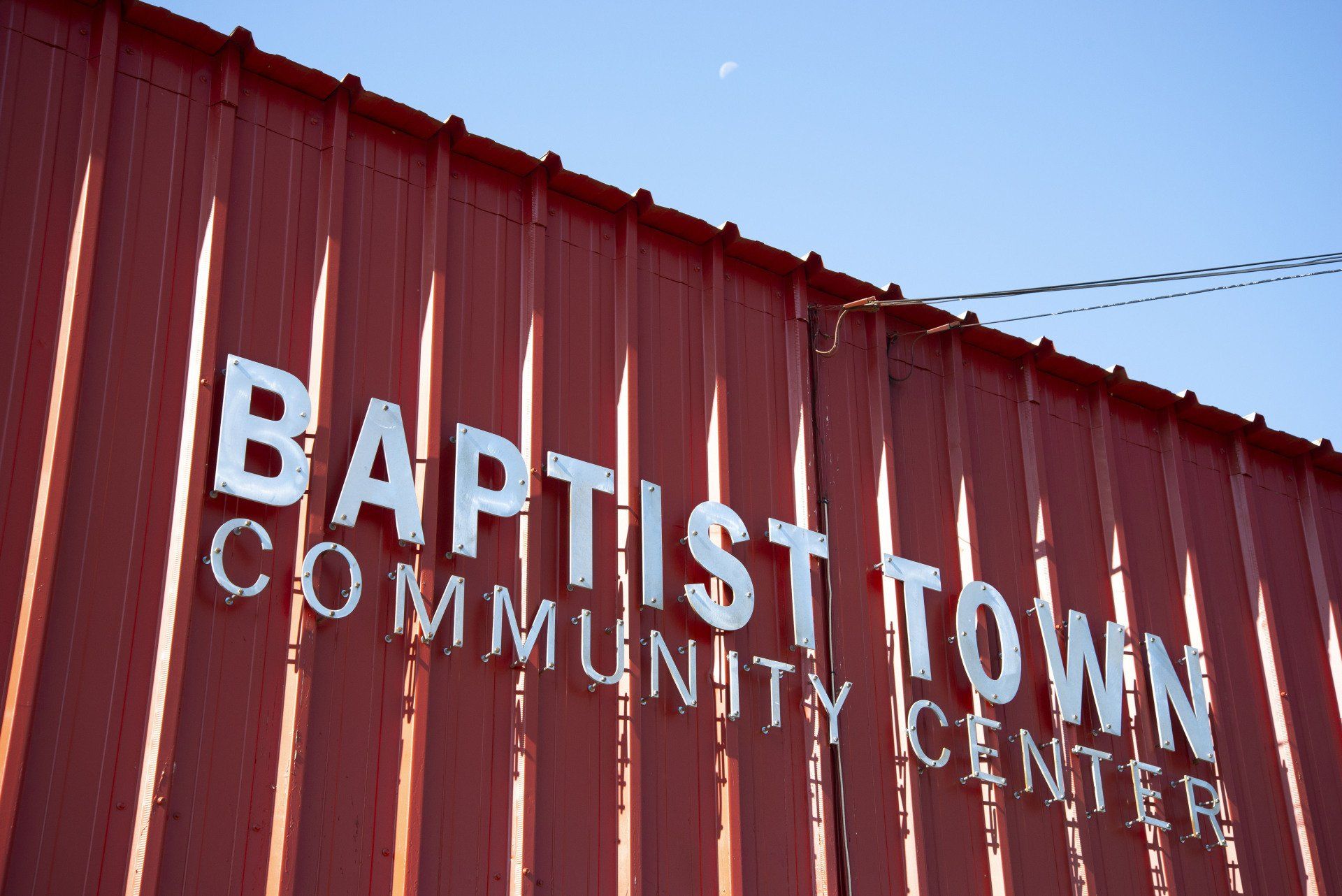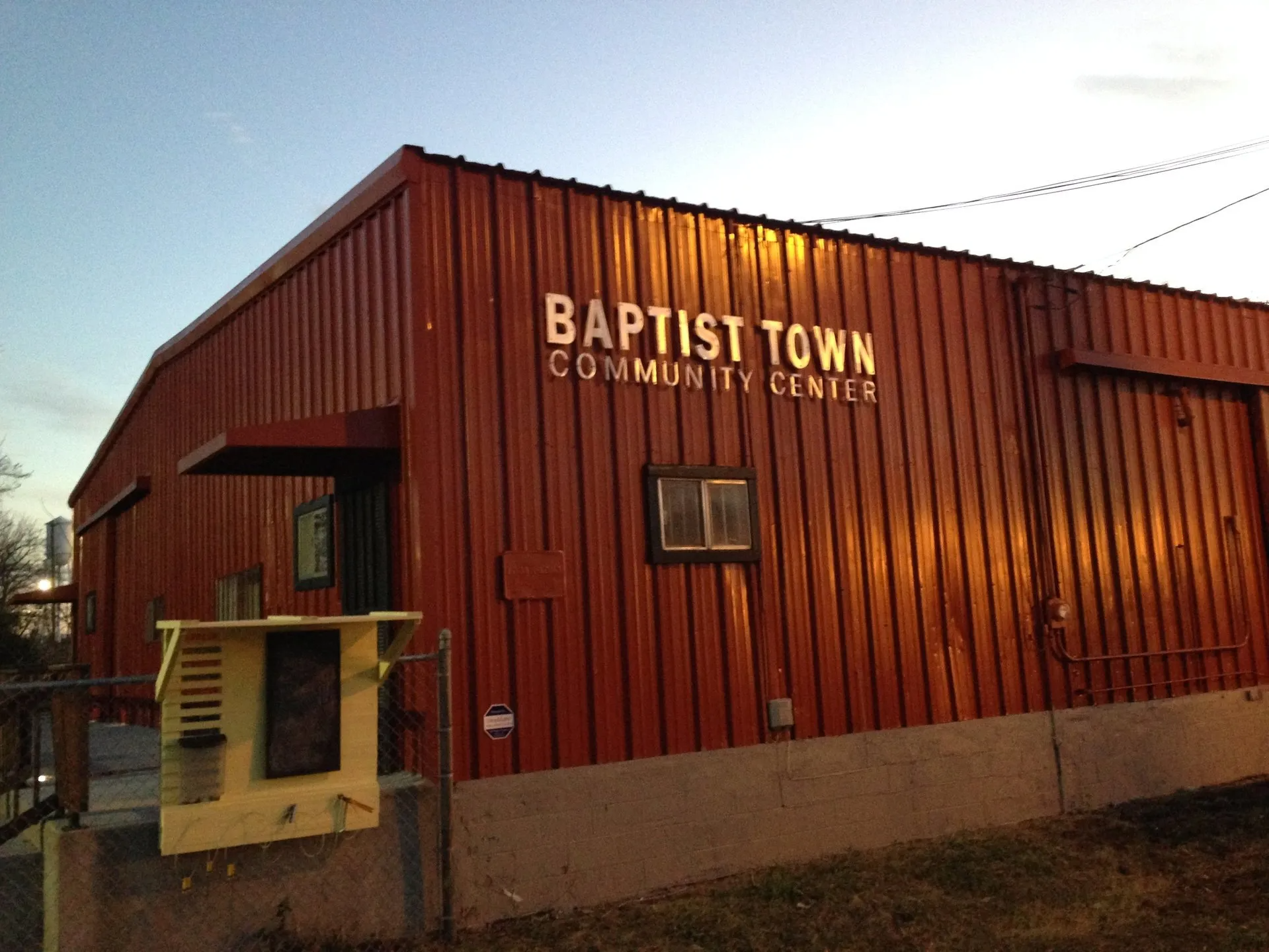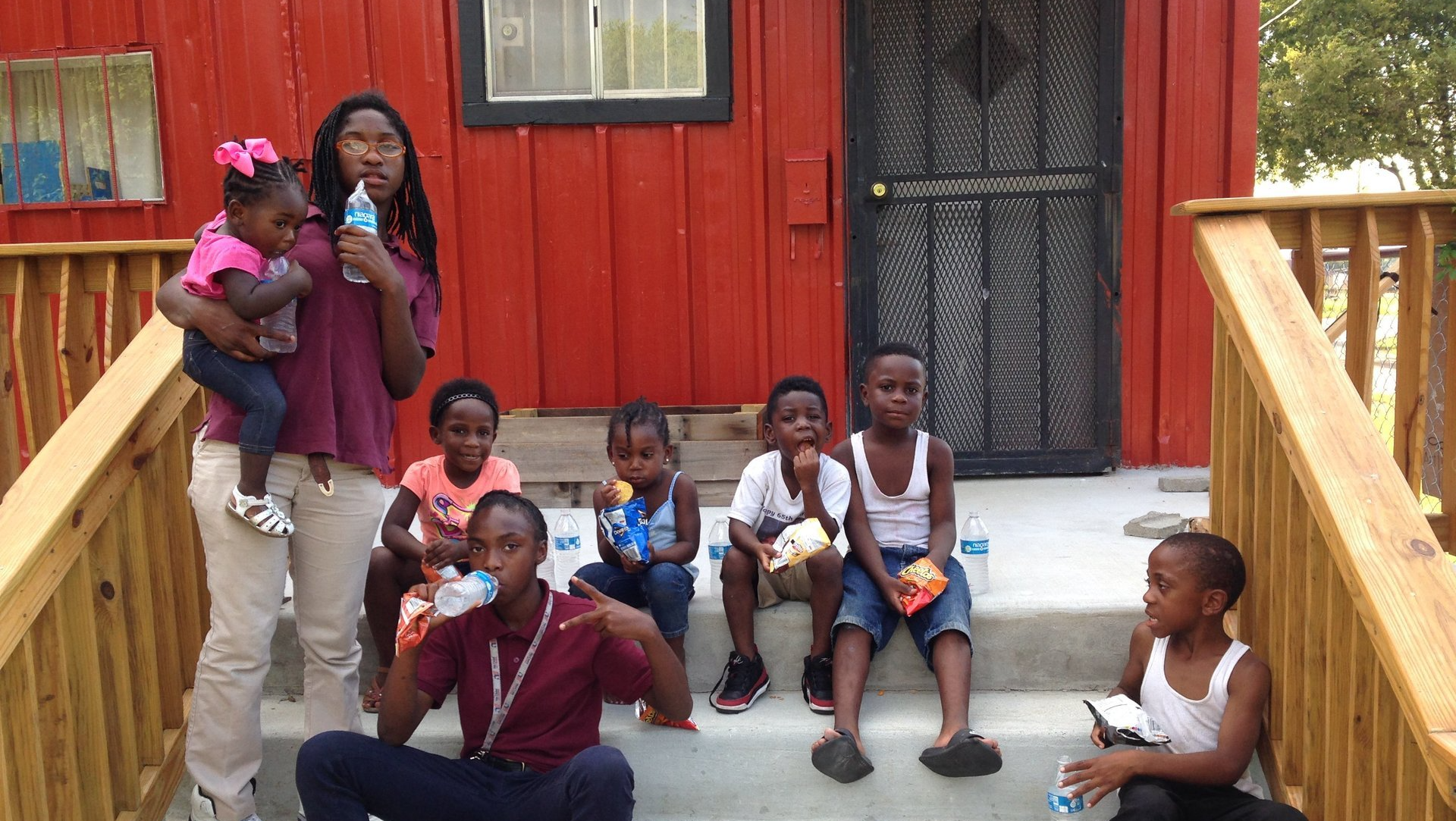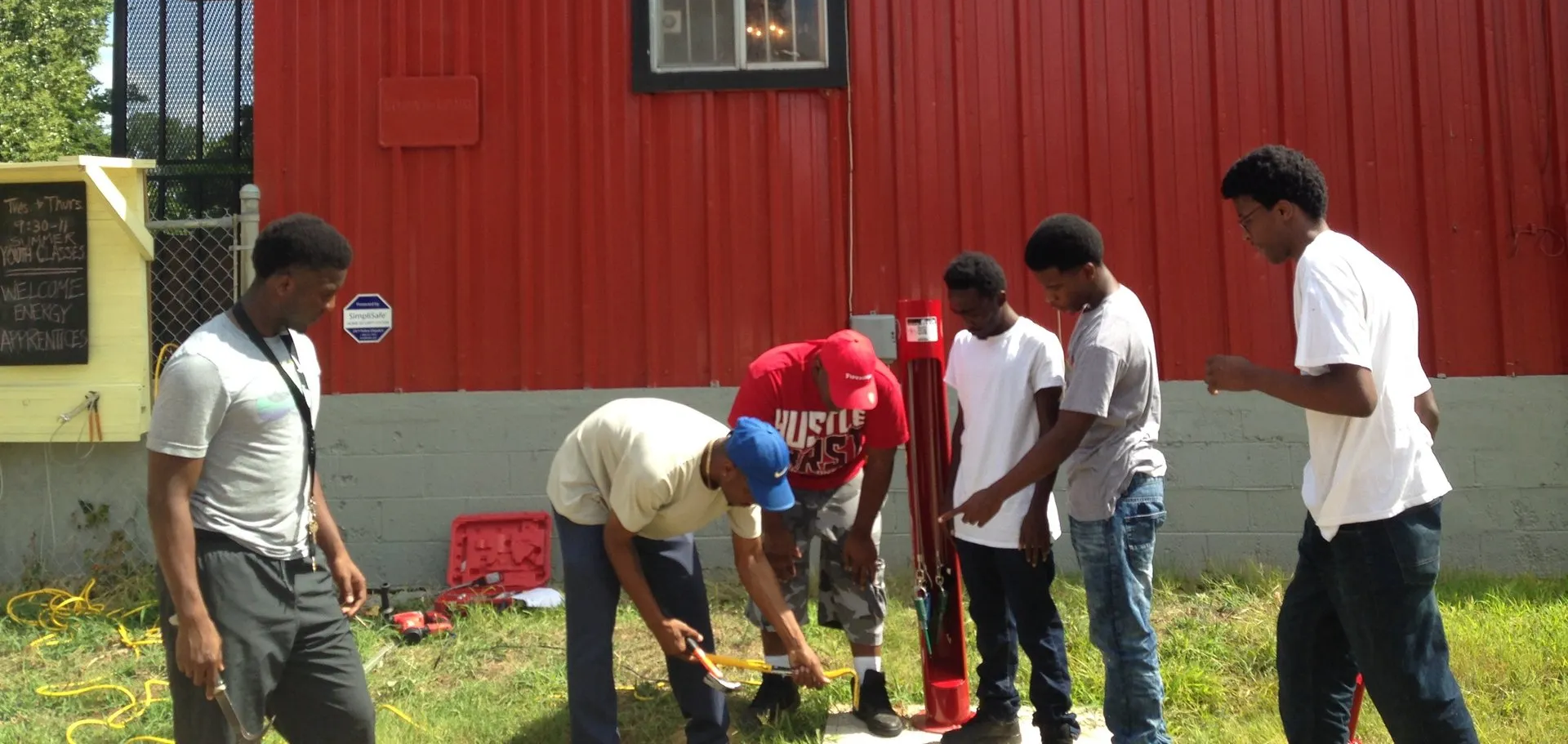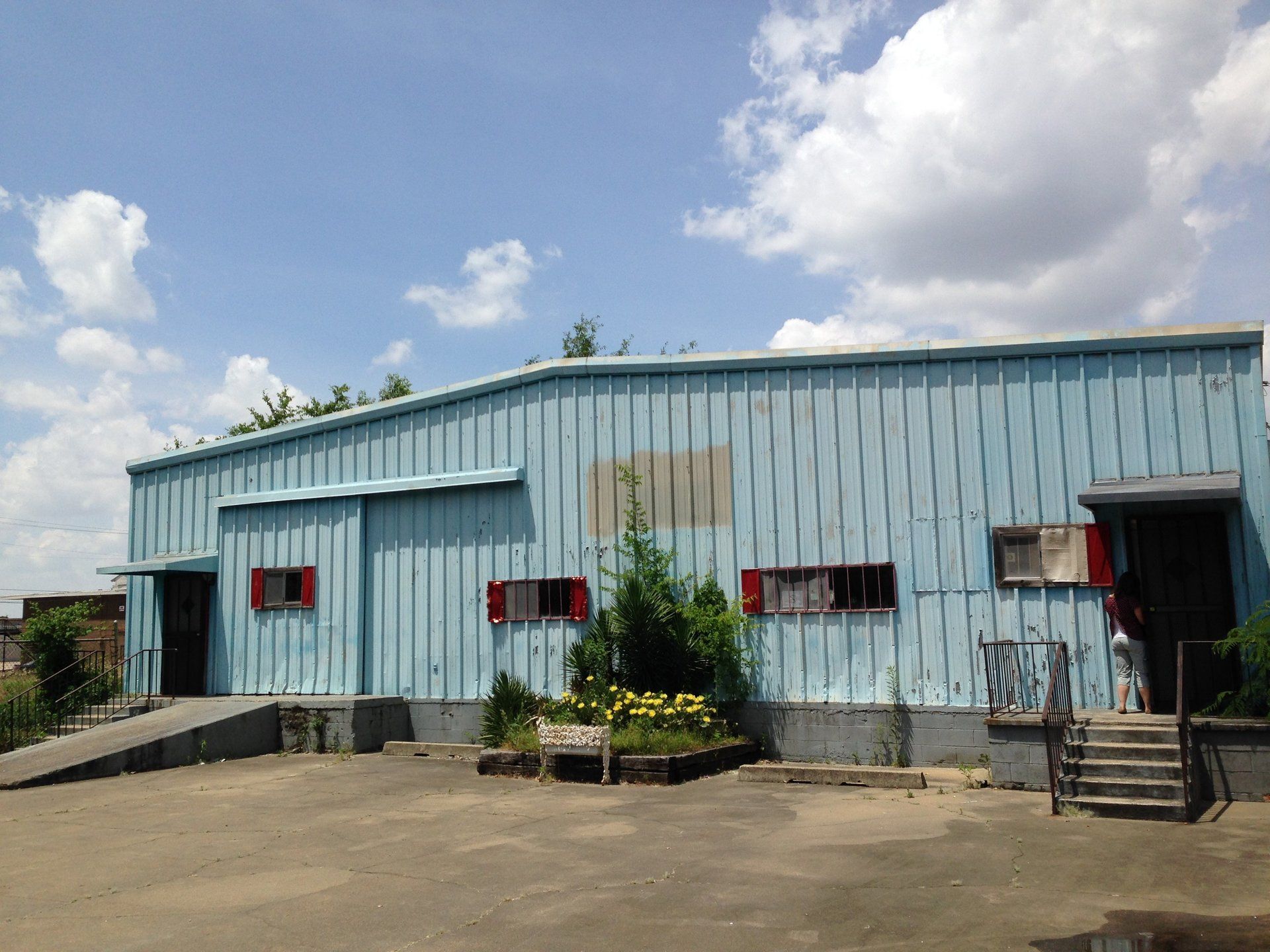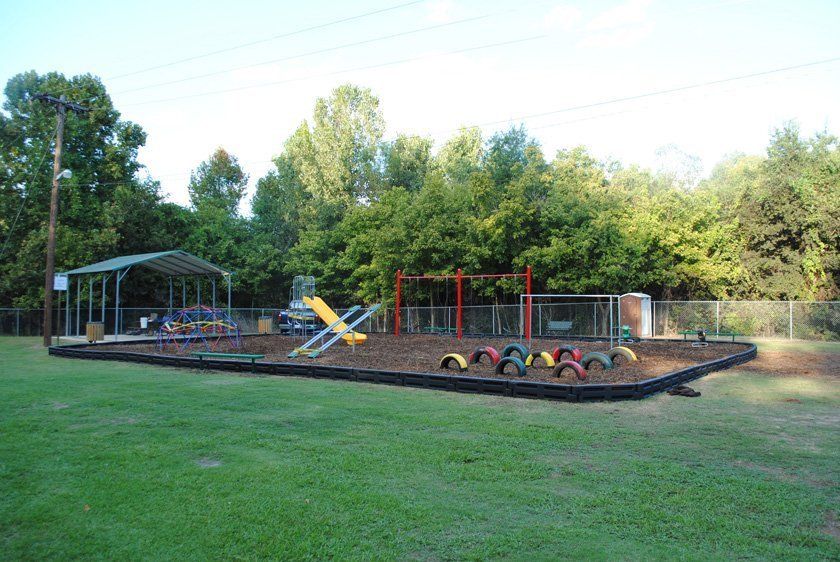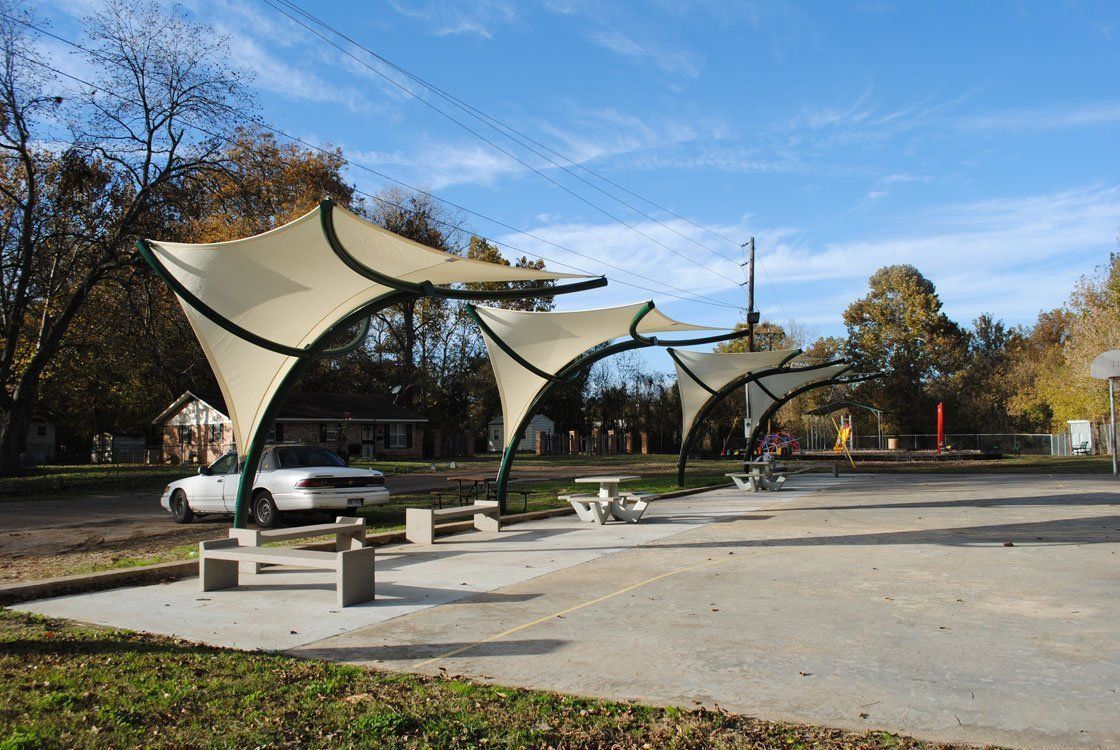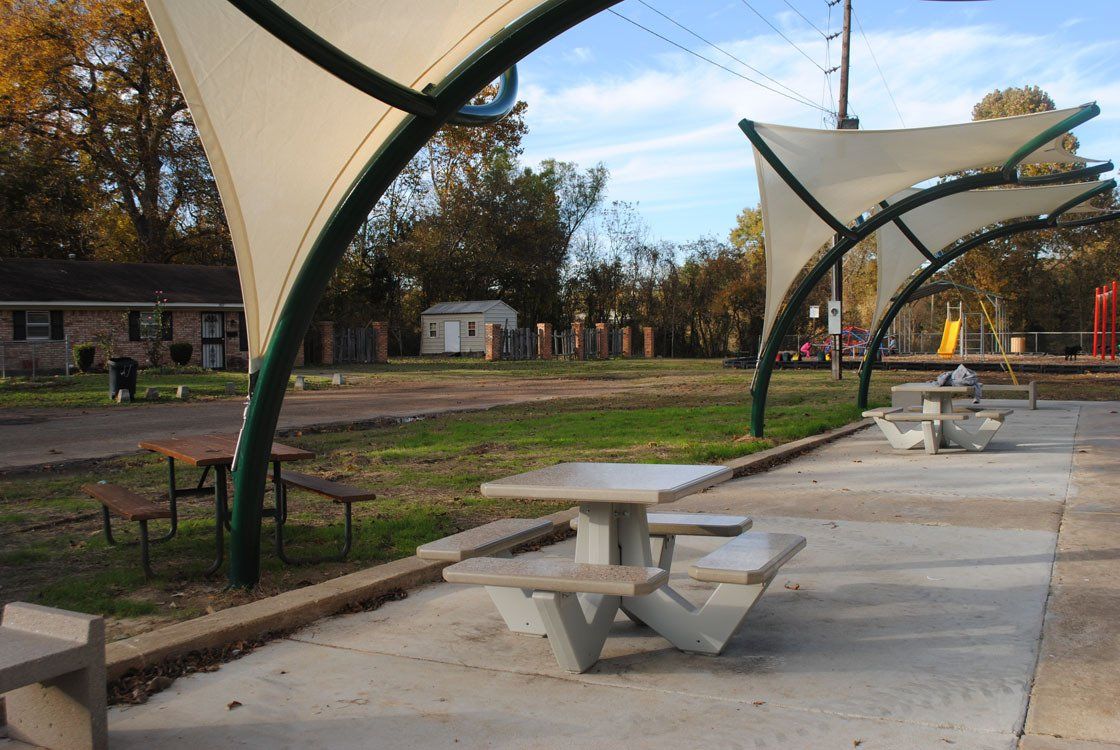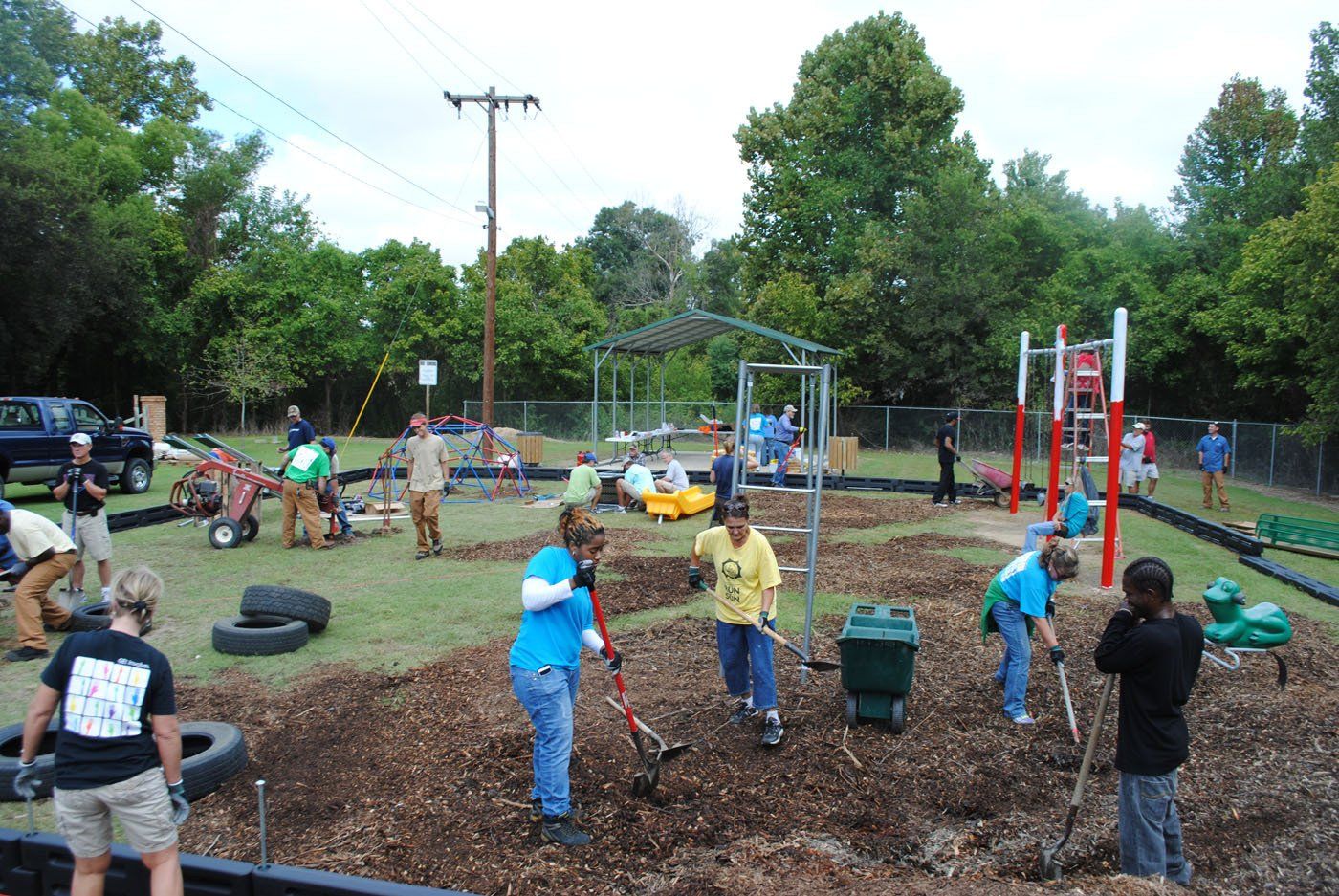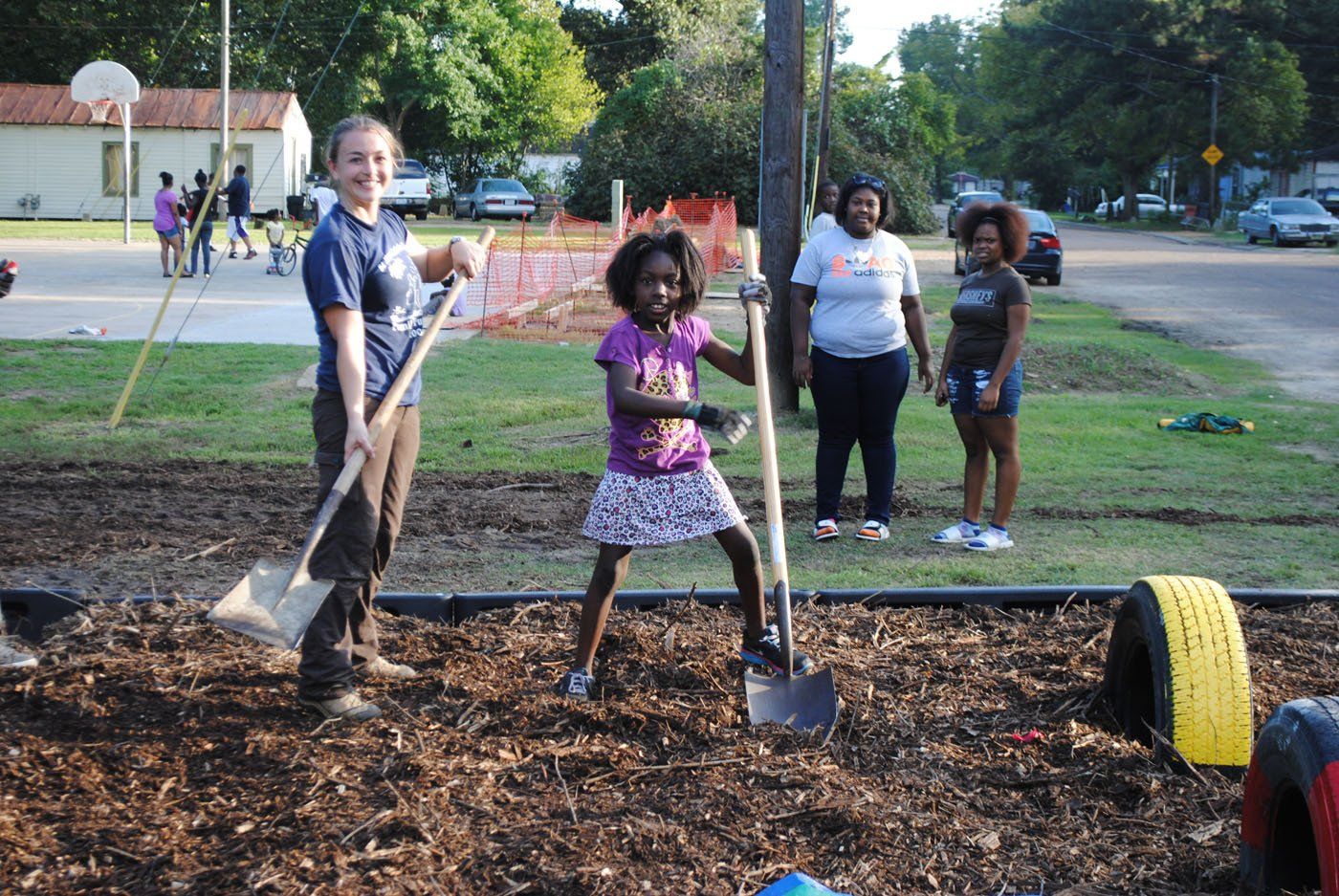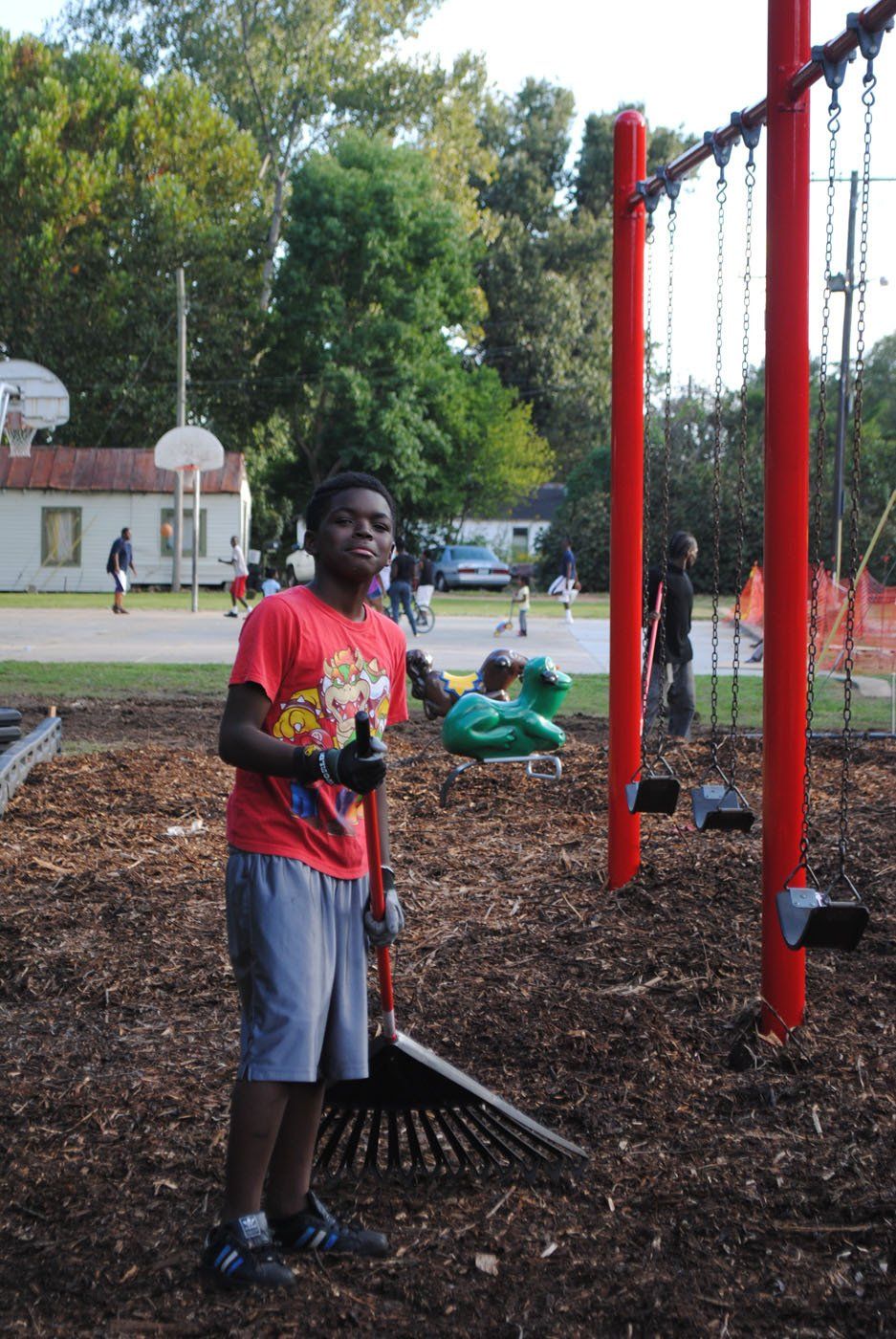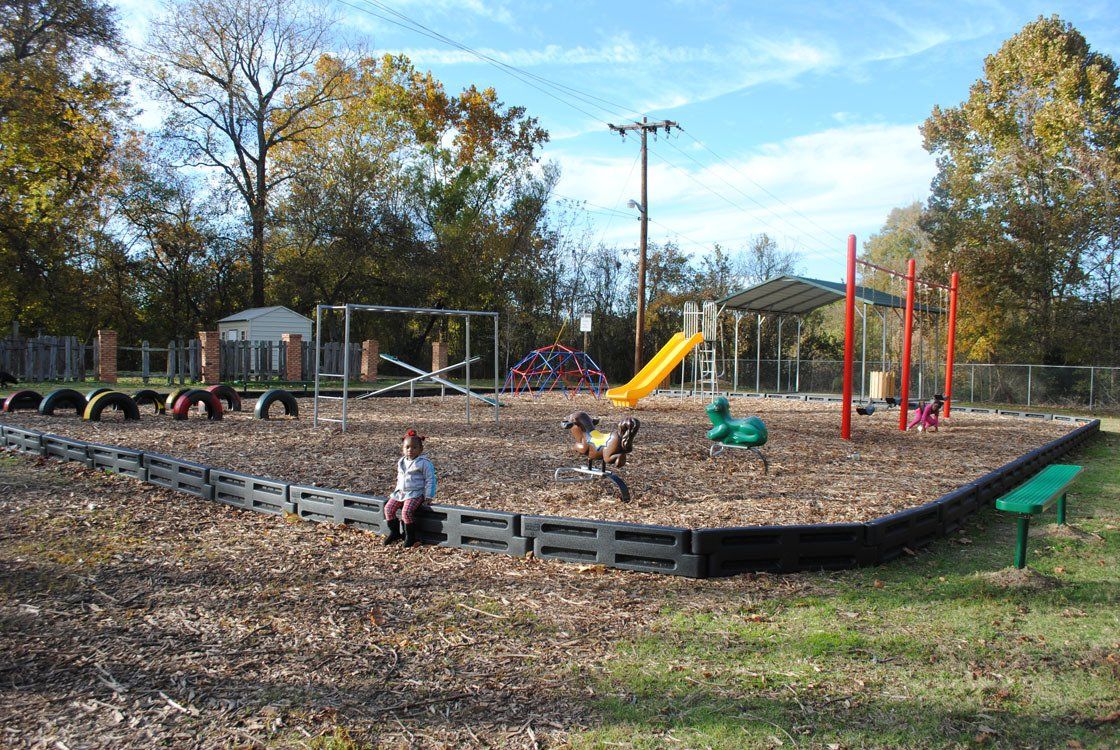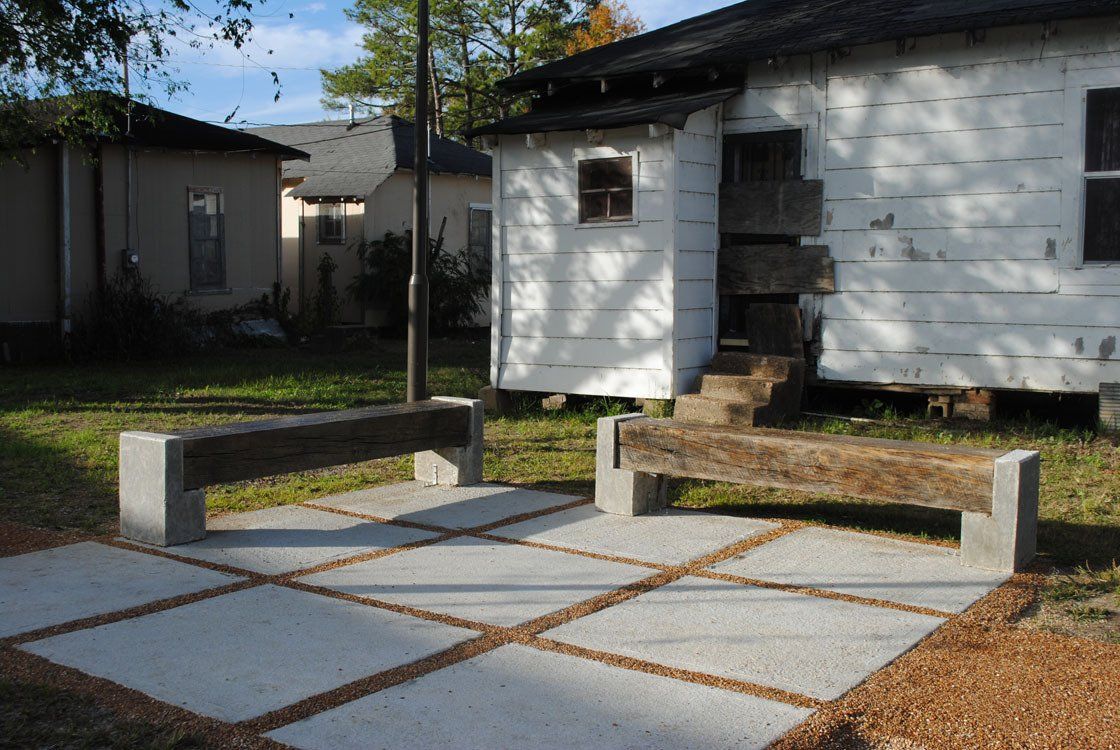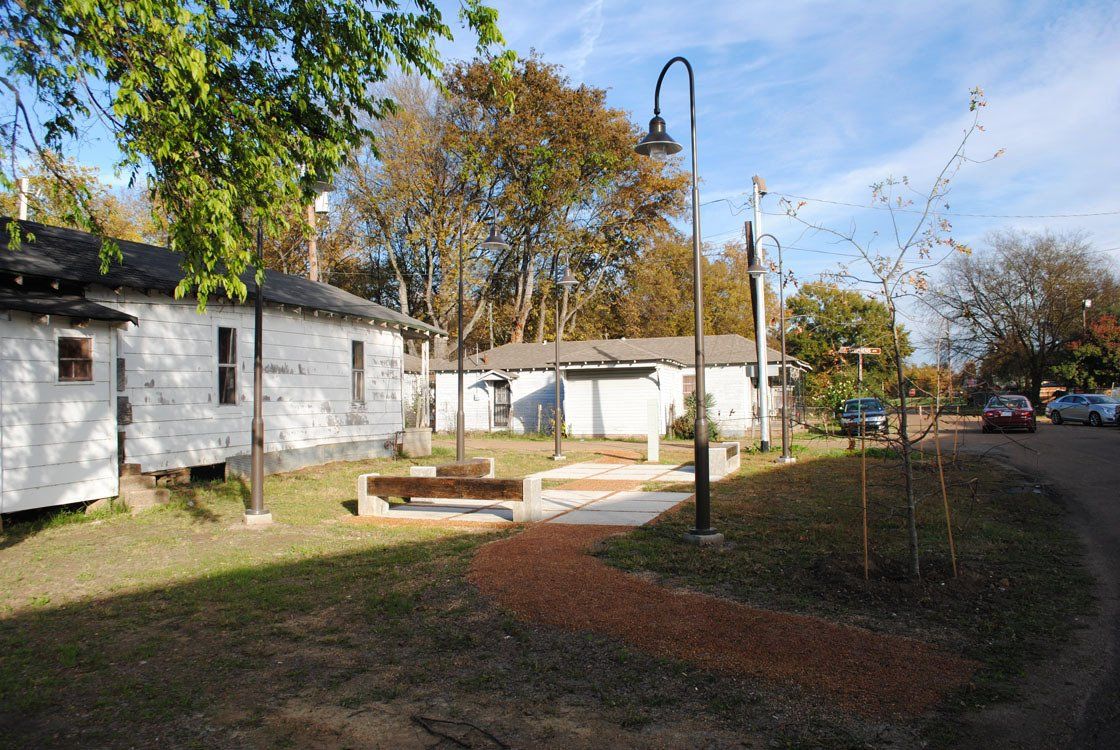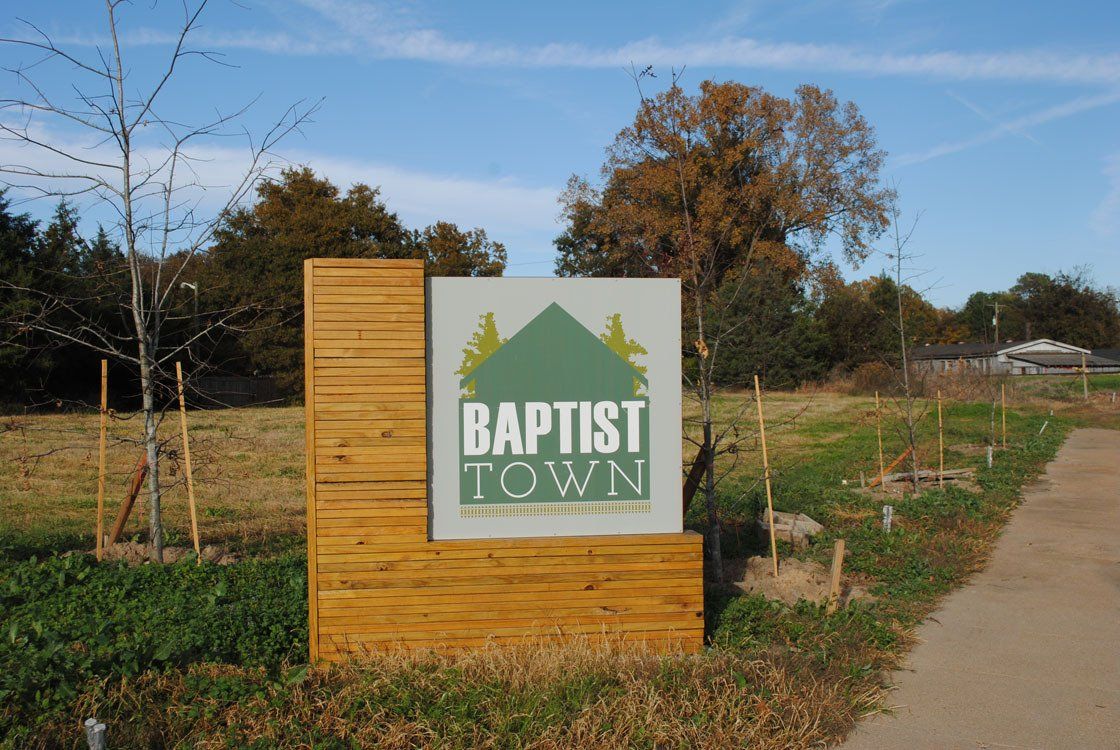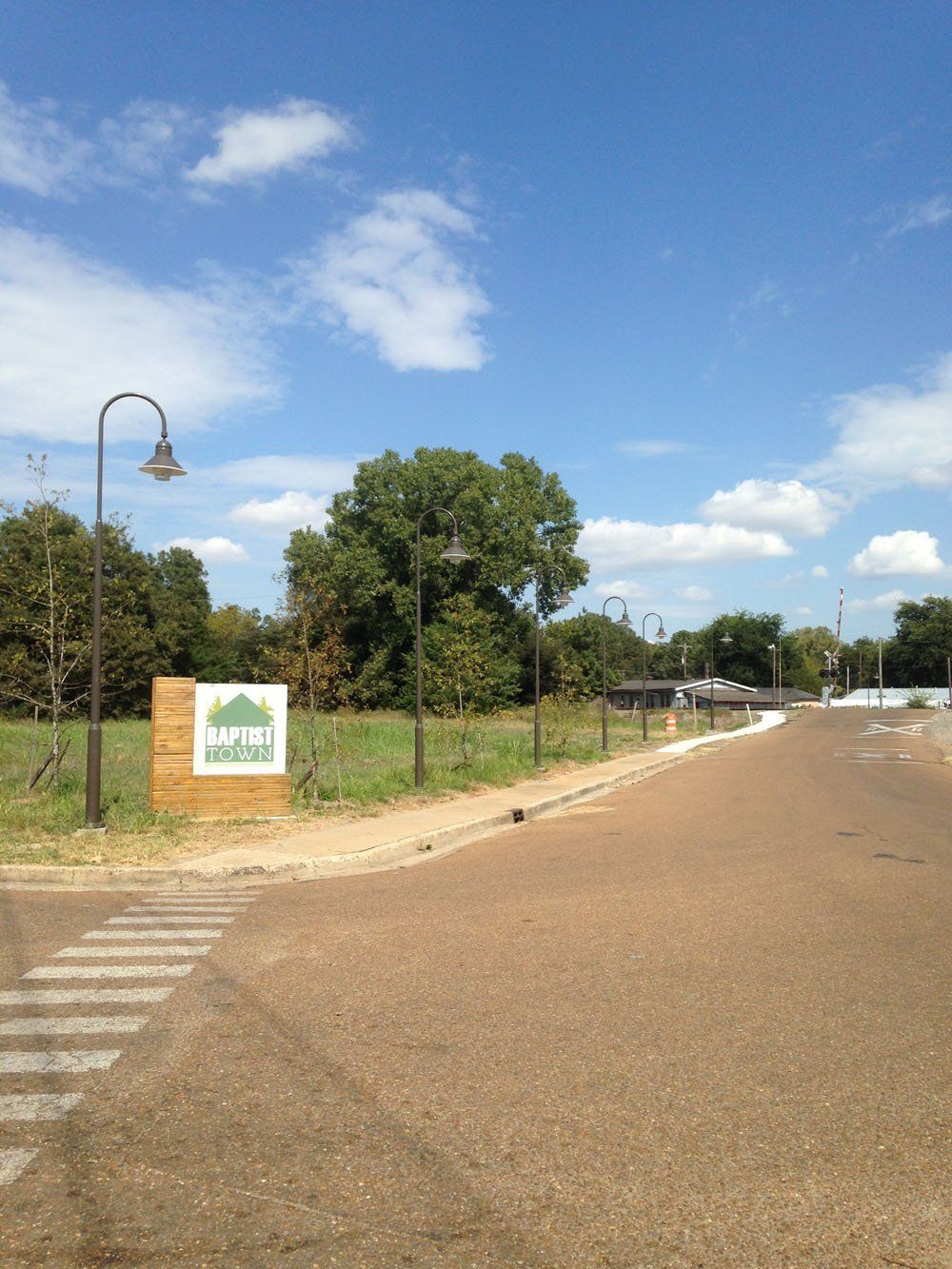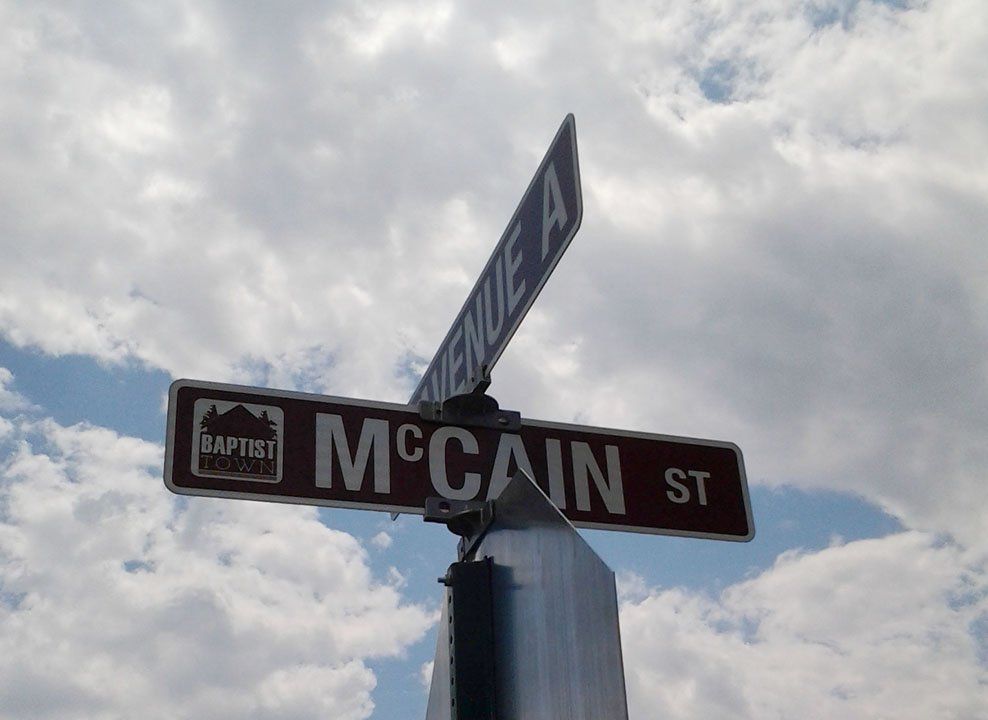Baptist Town Community Reinvestment
Client: Baptist Town Neighborhood Residents
Funder:Enterprise Community Partners and many others (see below)
Partners: Greenwood-Leflore-Carroll Economic Development Foundation, Mississippi State University's Carl Small Town Center, Baptist Town Community Development Center, the Greenwood-Leflore Fuller Center for Housing and many others
Timeframe: 2013-2015
Emily and Richard moved to Greenwood when Emily was awarded an Enterprise Rose Architectural Fellowship from 2013-2015 . The two collaborated throughout the next three years and this fellowship was the jumping off point for all of Delta DB's work to come.
Emily was hosted by the Greenwood-Leflore-Carroll Economic Development Foundation and Mississippi State University's Carl Small Town Center to implement a comprehensive neighborhood reinvestment effort based on a community led planning process.
Based on resident-identified aspirations and challenges, Emily's fellowship plan included the following tangible goals:
- Sale of new, affordable modular homes
- Rehabilitation of homes
- A Community Center
- A Community Park
- A Pocket Park
- Installation of streetlights, sidewalk, signage and landscaping along the 3 streets that lead in Baptist Town.
Beyond these physical outcomes, the Rose Fellowship provided Emily and Richard with the resources that allowed them to develop networks, both local and national, and reinforced the principles of commitment to place, the importance of one on one relationships, the conviction that love can be a guiding business principle. Today, Emily continues to serve on the board of Baptist Town Community Development where neighborhood residents continue to be friends and mentors, and Delta DB provides support to the Fuller Center and the families who purchased homes through their collaborative efforts.
NEW AFFORDABLE HOMES
In the wake of Hurricane Katrina, the Federal Emergency Management Agency (FEMA) provided what became known as "FEMA trailers" to thousands of households who had lost homes or whose homes were no longer safe to occupy. The FEMA trailer became infamous for formaldehyde leaks and other health hazards. In response to this secondary disaster, Mississippi worked to develop what became known as the "Katrina Cottage" or "Mississippi Cottage".
According to a
case study of the program:
In June 2006, Congress allocated $400 million to the Federal Emergency Management Agency (FEMA) to develop alternative designs and prototypes for disaster housing. FEMA offered the opportunity to apply for Alternative Housing Pilot Program (AHPP) funding to the States of Alabama, Florida, Louisiana, Mississippi and Texas, the five states most severely affected by Hurricanes Katrina, Rita and Wilma. FEMA’s particular interest was to identify unit types that would be suitable when a long recovery period is anticipated following a major disaster. Grantees were given significant latitude in both the design of units and how the program would be administered. Three states and one local grantee were awarded funds. The State of Mississippi received the largest AHPP grant―totaling $281 million―to develop and install approximately 3,500 units.
A similar idea to the FEMA trailer, the Katrina Cottage would be a home built off-site and provided to thousands in need of housing as a result of the hurricane. The two concepts varied primarily in that the Katrina Cottages would address the health concerns but would also be modular construction and designed so that they could be permanent homes if desired by occupants. Thousands of the homes were utilized as temporary housing and a lesser number became permanent homes for owner-occupants.
A secondary goal of Mississippi's AHPP program was to relocate those homes that were deployed and then returned as affordable housing opportunities throughout the state. As a result, 26 Katrina Cottages were donated to the City of Greenwood to be utilized in the Baptist Town Neighborhood Revitalization.
Despite this asset of modular homes, significant challenges remained in realizing this housing effort. Among them, public perception of the homes as "trailers", the funds needed to build permanent foundations, set the homes and make necessary repairs, the need for a mortgage partner and homeowner applicants, and a state law that disallowed the City from donating personal property to the partner non-profit (modular homes are considered personal property until they are permanently installed and transition to real property).
Despite these challenges, in the spring of 2014 all the necessary partners and pieces were in place to bring 11 healthy, affordable homes to the Baptist Town neighborhood. The Greenwood-Leflore Fuller Center for Housing provided both construction and mortgage financing, Enterprise Community Partners provided additional funding, the
Neighborhood Development Foundation (New Orleans) provided homeowner counseling,
KT Builder set the homes, and Richard led the remainder of construction with neighborhood residents who are friends and mentors.
Cottage purchasers were:
- 100% first-time homeowners
- 45% earn <30% AMI
- 45% earn > 30% - < 50% AMI
- 10% earn > 50% - < 80% AMI
- 100% of buyers pay less than 25% of household income for housing for the 15 year 0% interest mortgage
- 8 of 11 households include an elderly or disabled individual
- Over 50% of buyers relocated from within the Baptist Town neighborhood, in alignment with the goal of creating better housing opportunities for existing residents
Of the remaining Katrina Cottages, 1 was installed and sold just outside of Baptist Town, 5 were sold to finance the construction of the 11 foundations in Baptist Town, and the remaining 8 were donated to nonprofits with similar goals working in nearby Mississippi Delta communities.
REHABILITATION OF HOMES
When Emily and Richard began working in Baptist Town, the Greenwood-Leflore Fuller Center for Housing had completed home repair work on a 10 home as a component of the grant the City of Greenwood had secured to implement the CSTC neighborhood plan. Throughout Emily's fellowship (and beyond), the need to preserve existing housing in this region is a through-line. Between 2013 and 2015, Emily and Richard secured funding to complete home repairs on 14 homes in and around Baptist Town. These projects ranged from structural repairs to minor weatherization upgrades.
BAPTIST TOWN COMMUNITY DEVELOPMENT CENTER
Residents who worked closely with CSTC to develop the neighborhood revitalization plan envisioned a community center to provide services and a gathering space within Baptist Town. Made possible by generous donations from the cast and crew of the film The Help (largely filmed in Greenwood in 2010), this vision was realized in 2015.
Emily worked closely with a board of elected neighborhood leaders to achieve 501(c)3 status for Baptist Town Community Development (BTCD), purchase a building, complete renovations and plan programming activities. Renovations included new ADA compliant men’s and women’s restrooms, parking lot improvements, and a wheelchair accessible entrance area. This ramp and handrail were designed and built by MSU CAAD architecture students in a class Emily taught in 2014.
Activities offered at the Center have included exercise classes, youth arts programming, tutoring, and community gatherings. From 2015 through 2017, North Central Planning and Development District operated a workforce training program out of the Baptist Town Community Center. BTCD also makes the Center available for private rentals such as birthday parties, baby showers and repasses to support operations and programming. Today, BTCD is proud to partner with Milwaukee Electric Tool Company to offer one of the largest local scholarship programs.
NEIGHBORHOOD PARK
Park benches and shade structures were installed at the existing basketball court in Baptist Town in the spring of 2013. These initiatives were funded by a grant secured prior to Emily's fellowship, and while residents were excited to see the improvements, the top public space priority, a playground, had not been funded.
Thanks to a grant from GECAS Aviation Services, in October 2013, volunteers (including GECAS staff from their Greenwood and Memphis offices and Baptist Town residents) significantly added to the existing playground. A slide, monkey bars, geodesic dome, see-saws, tire grid, and benches were all new additions to the swing set and stationary rockers that existed in the park.
The existing playground elements were painted, and the entire playground received a new border and mulch. In addition to the many hours contributed by volunteers, Greenwood Utilities donated the mulch, and the City of Greenwood assisted with mulch spreading, making one of the hardest tasks of the day manageable. Early the next morning, local kids, many of whom had helped design the playground through a kid’s only community meeting in April, were waiting to play when the team removed the caution tape and “wet concrete” signs.
POCKET PARK
When Emily arrived in Baptist Town, it quickly became clear that there is a legacy of visitors who come to Baptist Town to "take". One of the first places that African Americans were able to own real estate in Mississippi, Baptist Town has suffered nearly two centuries of systemic racism. Disinvestment has disallowed the growth of property values, students and academics take surveys in service of their degrees, Blues enthusiasts and photographers come to take photos and artifacts. Survey fatigue is rampant.
The pocket park presented an opportunity for Emily, Richard and partners to commit to tangible work in Baptist Town. Pouring concrete was a first step toward developing relationships with residents who were wary of promises and documentation.
The pocket park is built on a small lot owned by the City of Greenwood, located between the Baptist Town Community Center and the location of "Minnie's house" in the filmThe Help. Materials were purchased by a grant secured by the City of Greenwood. Neighborhood residents, students and staff of the Carl Small Town Center and members of Harvard's CDP group built the park in 2013.
The biggest reward came when one previously skeptical resident told Emily she enjoyed sitting on the benches all weekend long. She said, “It’s my favorite place. I love it.”
NEIGHBORHOOD ENTRYWAY IMPROVEMENTS
Three new sidewalks were constructed in Baptist Town in 2013 and 2014. A sidewalk was constructed along each neighborhood “entryway”, where pedestrians previously had no other option than to walk in the road. Street lights were installed on Pelican Avenue, Pearl Street, and Avenue A, and ADA pads were installed on the newly completed sidewalks. Trees were also installed along these entryways. New street signs were installed throughout the neighborhood, featuring the newly developed Baptist Town logo and designating the historic significance of the neighborhood. Pelican Avenue was also repaved by the City of Greenwood as a part of the overall reinvestment effort. In addition, a neighborhood entry sign was built and an ADA compliant pedestrian approach and crossing was constructed at the railroad on Pearl Street.

